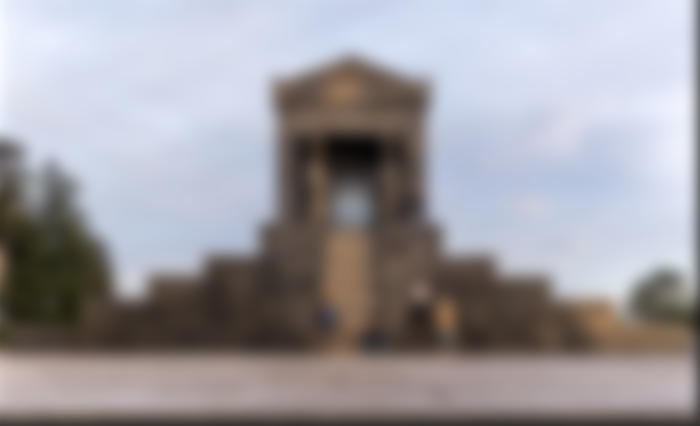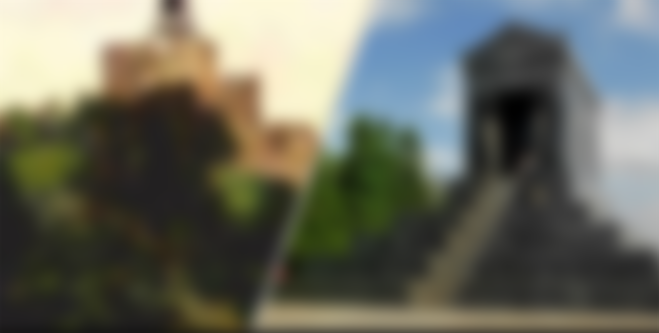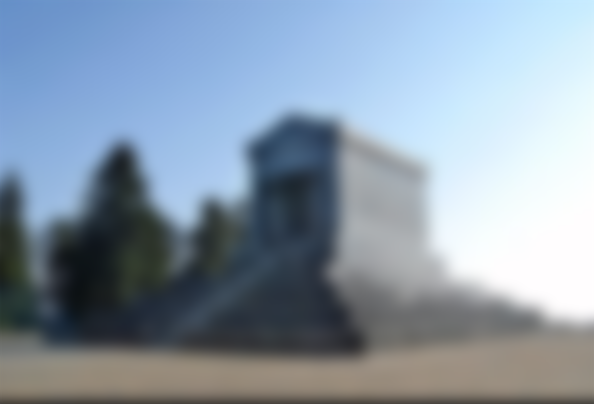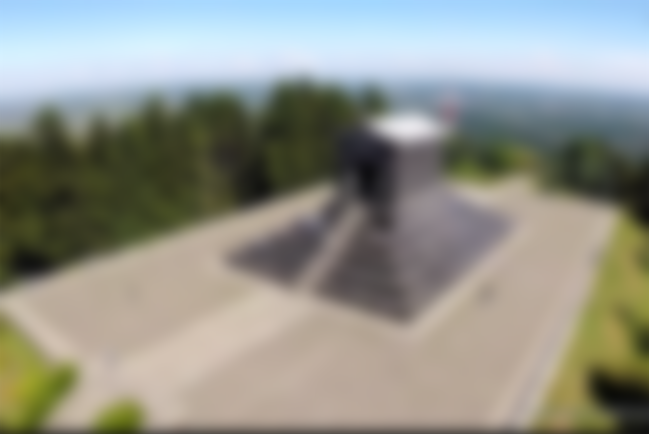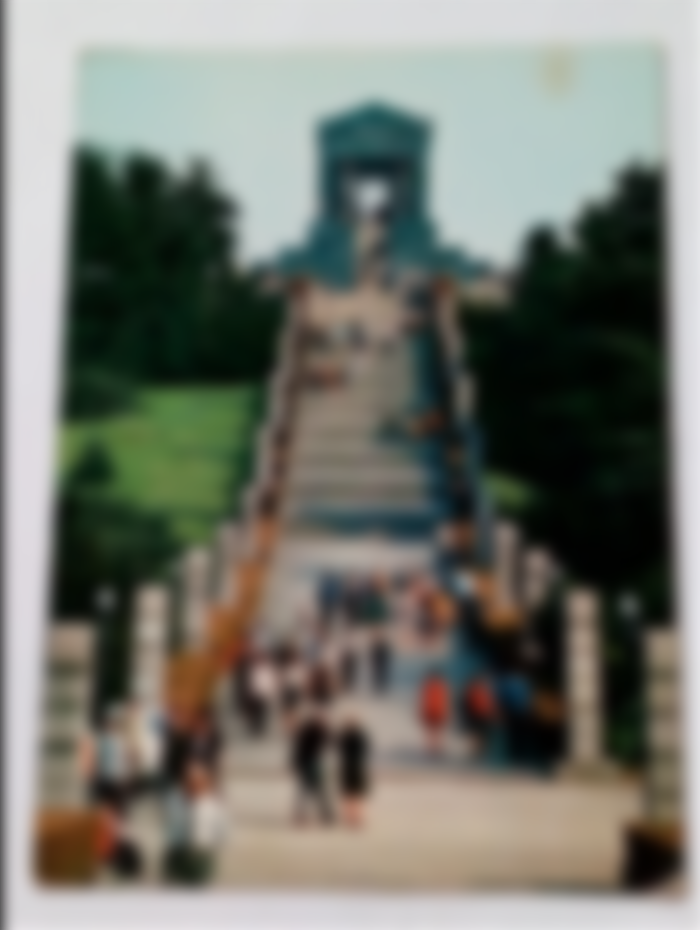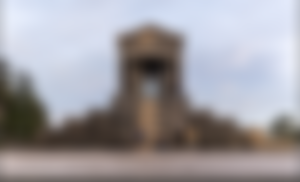
Yesterday I wrote about the town of Žrnovo, which was located on Avalahttps://read.cash/@ruza17/zrnovo-on-avala-a-city-that-no-longer-exists-96bcdf5b . A monument to the Unknown Hero was erected in its place today.
The official idea of demolishing Žrnovo was to provide space for a complex of monuments to the Unknown Hero, designed by Ivan Meštrović. Unofficial reasons allegedly lie in the king's superstition, and even in the involvement of Freemasons in such a decision. Proponents of this second theory cite as an example the almost identical decision to demolish the old chapel in Lovćen due to the erection of the mausoleum to Njegoš according to, accidentally or not, also Meštrović's project.
The story of an unknown hero

During the First World War, in 1915, a 15-year-old Serbian boy died near Žrnovo, in the battles between the Serbian and German armies. The Germans buried him and left the inscription "Ein unbekannter serbischer soldat", or "An unknown Serbian soldier", on an improvised wooden cross above the grave.
This is how the story began, which twenty years later led to the demolition of Žrnovo.
Not long after the end of the war, the grave of an unknown hero became a well-known refuge for unfortunate Serbian mothers. Namely, many child warriors died and were left lying unmarked, so this grave gave a glimmer of hope to many that their son, grandson, brother lay there. Shepherds from the village on Avala decorated the grave every day and spun stories about the beauty and heroism of a fallen young warrior. The legend that was needed by the grieving people who survived Golgotha and horror in the last war has spread.
Thus arose the need to examine the tomb and perpetuate the legend. The interrogations were undertaken in 1921 and it was determined from the clothes and ammunition in his hands that the unknown hero was indeed a Serbian soldier who was buried by the enemy, probably feeling sorry for his youth. The found corpse was without the left lung, which was blown up by a grenade, and someone commented that it was impossible for the enemy to bury the warrior's heart.
Today, the unknown hero is a synonym for all the sacrifices that Serbia made during the First World War.
Construction of a monument to the Unknown Hero
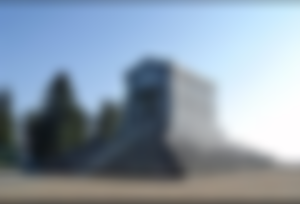
The monument to the Unknown Hero and the medieval town of Žrnov did not seem to be able to exist next to each other, by the force of fate or the whim of the ruler's will.
At the time when King Aleksandar Karađorđević decided to build a monument to the Unknown Hero on Avala, the practice of building such monuments had already gained momentum in Europe, in honor of the victims of the Great War, and all the time when man came to power to start a new war. even bigger. However, those were the years when peace was celebrated, the victims paid homage in his name and the possibility of building a more just and better society was believed
The problem with this monument concerns its location. Why did one historical monument of inestimable value have to pay the price of being wiped off the face of the earth in order to create space for a new monument. When rumors about the demolition of Žrnovo began to spread, people believed that it was a tasteless gossip, and when the news became official and the Serbian Orthodox Church rebelled against the ruler's intention.
However, the king was determined in his intention. Eyewitnesses claim that on one occasion someone dared to object to the demolition of the old Serbian town, to which he replied that he thought that Žrnovo was built by the Turks.
All in all, almost symbolically, three big explosions destroyed Žrnovo with the ground, so that there is no trace of it today.
Fremasons and Yugoslavia
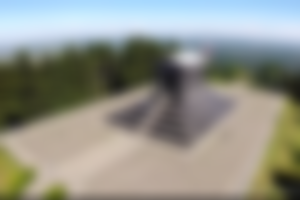
On the border of conspiracy theories and verifiable historical facts, there are stories about the king's desire to establish Yugoslavia in the place of Serbs even in the consciousness of the Serbian people, which was symbolically done by demolishing the Serbian monument due to the construction of the Yugoslav one. another Masonic symbol on the territory of Belgrade.
One of those who wholeheartedly rebelled against the idea of erecting a monument on Avala was Branislav Nušić. He suggested to the king that the construction plan be directed to the very center of Belgrade, across Republic Square. However, the king did not listen to him, ironically, in the place that Nusic proposed for the monument to the Unknown Hero, today there is his monument.
There is a lot of information about the connection with Freemasons when it comes to King Alexander. Undertaking the work of demolishing Žrnovo, the king held a silver hammer in his hand, one of the basic Masonic symbols. The works were entrusted to the most famous Yugoslav sculptor of that time, Ivan Meštrović, who also belonged to the Freemasons.
He painted a draft of a new building on the top of Avala on a huge white canvas, with his hands completely open. The new building is presented as original, but it is a replica of the tomb of the Persian emperor Cyrus. The very shape of the truncated pyramid is one of the basic Masonic symbols.
The monument actually represents a tomb to which two gates lead and was built of black Jablanica granite. On both sides of the entrance, there are four granite caryatids dressed in the costumes of the people of Yugoslavia, but without a realistic depiction of details. It is assumed that the idea of the builder and the king was to erect a monument over the capital of the new state that would not bear the national color of only one of its peoples. Why Zrnovo had to pay the price of the demolition because of that remains a question about which opinions still clash today.
A monument that reists time
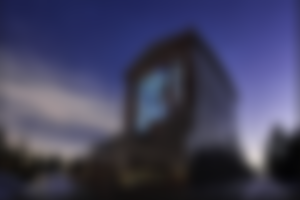
Huge money was invested in Meštrović's work. 4,000 cubic meters of stone were built into the monument itself.
Unprocessed blocks of granite, solid grayish-black stone (gabbro) from the state quarry "Jablanica", near Mostar in the Neretva Valley, were delivered to the railway station in Ripanj near Belgrade. From there, they were brought by a narrow gauge to the top of Avala, where the final polishing and ironing works were performed.
For that purpose, electricity and water were brought to the construction site. Not far from the old monument, barracks with stonemason's workshops and space for storing materials were erected. Monumental caryatid sculptures arrived from Meštrović's workshop in Split at the foot of Avala, and then, like stone blocks, they were lifted by pulling wagons to the top.
They were then placed by crane on a high scaffold built around the pedestal of the monument. After three years of work, it was completed in September 1937, and officially opened on June 28, 1938, on Vidovdan.
At the top of the sarcophagus is an inscription: "ALEXANDER AND THE KING OF YUGOSLAVIA TO AN UNKNOWN HERO", and on the opposite side is the year of the end of the monument "MCMXXXVIII" (1938).
However, King Alexander did not live to see Meštrović's work on the flat surface of the former Žrnovo, because he was killed in Marseilles on October 9, 1934, only a few months after the beginning of the construction of the pyramidal mausoleum.
Judgment about the mausoleum

It is very ungrateful to make any judgment about the mausoleum at the top of Avala. It really looks impressive. It is a favorite picnic spot for Belgraders and a truly representative monument when New York, Paris or Moscow would not be ashamed. It has symbolism because it pays homage to all the fallen warriors in the wars of 1912-1918. years
On the other hand, pity remains for the medieval fortress. Probably, that fortress would still be a tourist attraction today.
